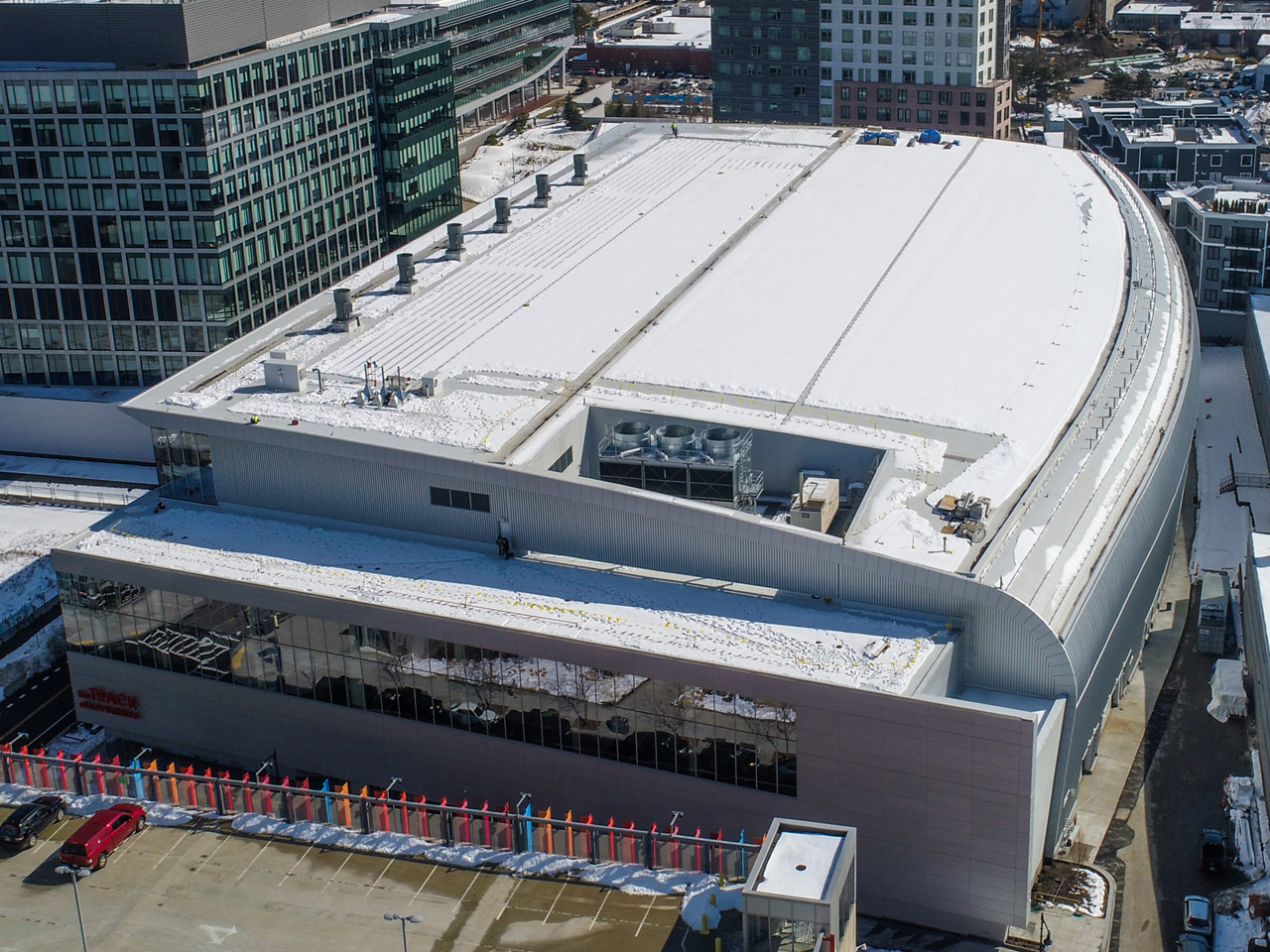Overheated cities can be transformed by roofing with higher reflection rates
Cities are hotter than suburban and rural areas. There’s even a name for this phenomenon: urban heat islands (UHIs). Daytime temperatures can average up to 7 degrees hotter, with the possibility of isolated spikes over 22 degrees. The cause is a variety of factors, chief among them the dark, impermeable roofs used on many urban buildings. They absorb solar energy and radiate heat that is either transferred inside the building or blown off the roof to heat the surrounding air.
The effects of UHIs can be significant, leading to increased energy consumption for cooling, elevated emissions of air pollutants, and negative impacts on human health. A primary UHI mitigation strategy is using roofing material with a high reflection rate, such as PVC/vinyl roofing.
According to the Coated Fabrics and Film Association – Vinyl Roofing Division, it all comes down to reflection rates – how much the roof reflects solar energy away from its surface. The higher the reflection rate, the better. Dark roofs reflect no more than a scant 20 percent of incoming sunlight, which translates to a low reflection rate of 0.20 or less.
White PVC roofing, meanwhile, reflects at least 80 percent of sunlight, giving it initial reflectivity values starting at the 0.80 range. New PVC roofs are typically 28 to 36 degrees Celsius cooler than dark roofs, and even older PVC roofs remain 20 to 28 degrees Celsius cooler.
Because roofs are approximately 35% of an urban area’s makeup, swapping in sustainable PVC roofs can rapidly change cities. Typical urban roofs are replaced an average of every 15-20 years (a replacement rate of 5-7% per year). That means entire cities can be transformed in just two decades. The benefits of PVC roofing are realized immediately upon installation.
Retrofitting 80 percent of the 2.6 billion square meters of commercial roofing in the U.S. could result in annual energy cost savings of $735 million. On a global scale, adopting cool roofs could generate billions of dollars in savings.
For more information on the benefits of cool PVC roofing, visit https://vinylroofs.org/.


